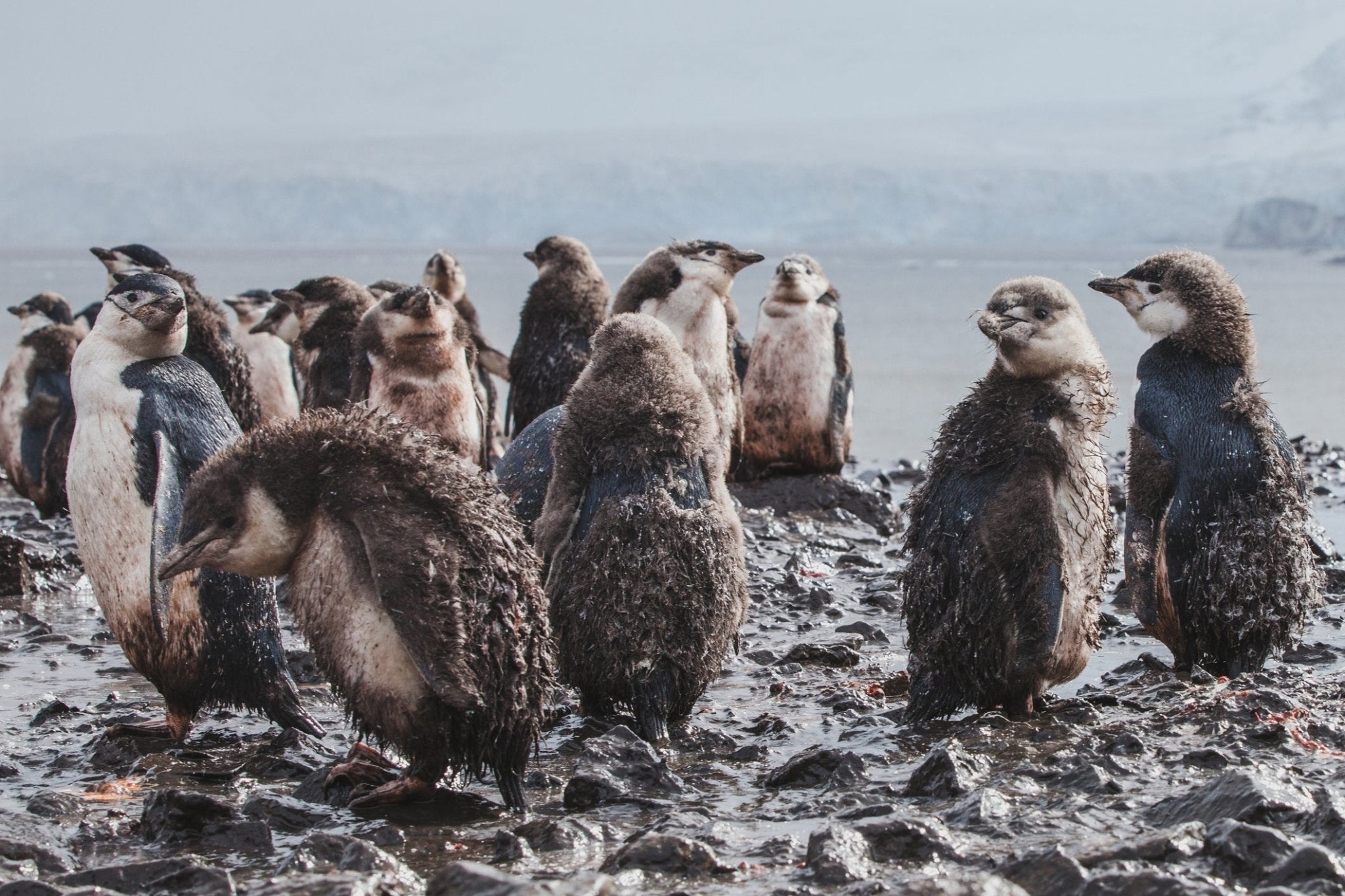
Over Half of Global Wildlife Has Been Wiped Out Since 1970
Tags:
Every two years, the World Wildlife Fund publishes its Living Planet Report, bringing together research to provide a “comprehensive view of the health of the Earth.” WWF’s 2018 Living Planet Report has some startling news however: on average, our planet has seen a 60 per cent decline in the size of populations of mammals, birds, fish, reptiles, and amphibians since 1970. 


Key Report Highlights
Apart from having lost almost two-thirds of our wildlife globally from 1970-2014, other alarming highlights from the report include:- Freshwater ecosystems, which are plentiful in Canada and the United States, have declined by an astounding 83 per cent worldwide
- Likewise, in the tropics (Central and South America and the Caribbean), wildlife populations have declined by a shocking 89 per cent
- The earth is estimated to have lost about 50 per cent of its shallow water corals in the past 30 years
- 20 per cent of the Amazon rainforest has disappeared in just 50 years
- Nature, which provides services that “all
activity ultimately depends on,” is worth $125 trillion USD per year
What’s Causing Wildlife to Disappear?
The report identifies the top threats to species worldwide—all of them directly linked to human activities. The WWF singles out increased demand for energy, land, and water caused by “exploding human consumption” as the driving force behind these drastic changes we’re witnessing. "The products we consume, the supply chains behind them, the materials they use and how these are extracted and manufactured have myriad impacts on the world around us," says the report. While climate change is a growing threat, agriculture and land conversion continue to harm nature on a massive scale. Although global forest loss has reportedly slowed, it’s unfortunately sped up in the tropical forests and rainforests—which contain some of the highest levels of biodiversity on earth. The report also mentions issues like declining bee populations, plastic pollution of marine environments and overfishing. This is by no means the first report or research to sound the alarm bells about widespread species loss. Other research, for example, has found that both birds and insects, including helpful pollinators like bees, are dying off. The likely reasons: changes in agricultural practices and pesticide use.
Choosing Organic Products Is One Way to Solve this Problem
As this report highlights, how we grow our food has a tremendous impact on the environment and wildlife. As the WWF points out in the report, much of our non-organic agriculture and food production relies on “excessive use” of synthetic agricultural inputs—including pesticides, antibiotics, hormones and fertilizers. Apart from being a threat to bird life and insects, pesticide use is also associated with declines in soil and aquatic biodiversity. As synthetic pesticides are prohibited under organic production, organic agriculture allows for more diverse ecosystems. Organic farms have been found to have more species than non-organic ones, and they don’t rely on potentially toxic chemicals that can pollute our soils and water supplies or harm wildlife. By choosing organic products, we can help protect our environment and precious wildlife from contamination. Ideally, we can even avert this unfortunate decline in global wildlife—but we're running out of time to do so.Would you like to be the first to hear about our new products and more? Sign up for our Nature’s Path Newsletter.

